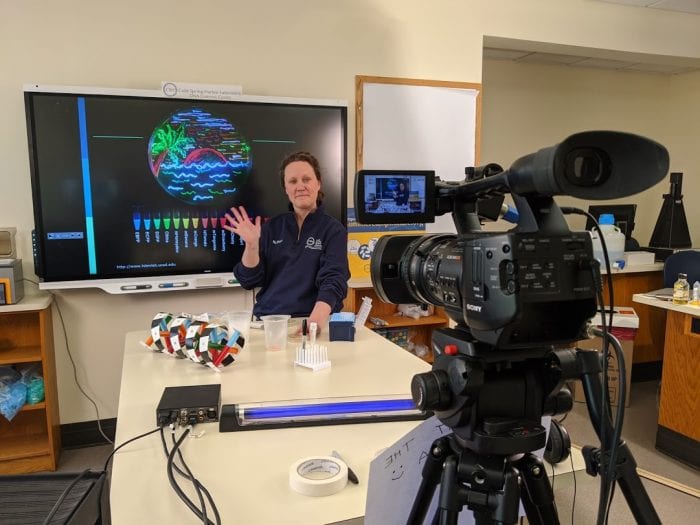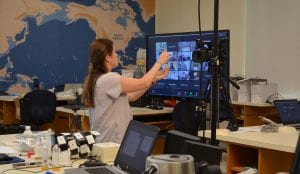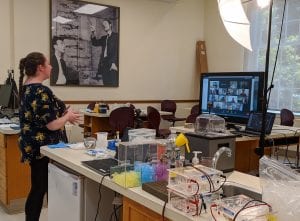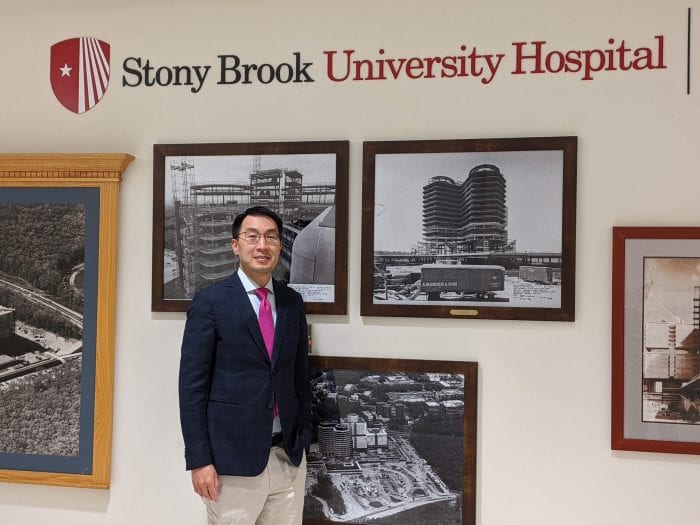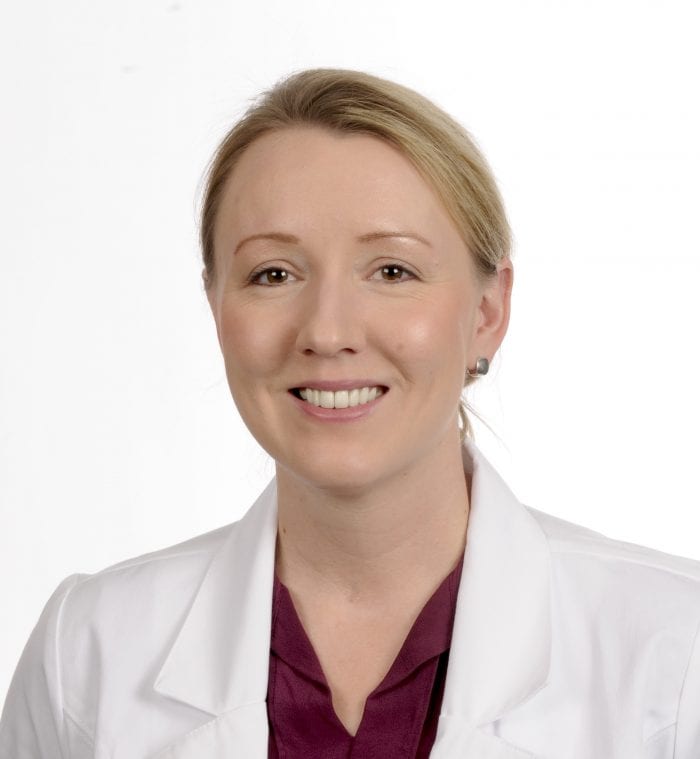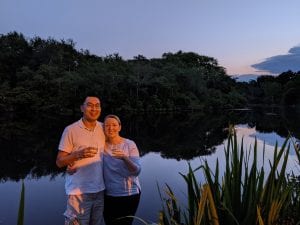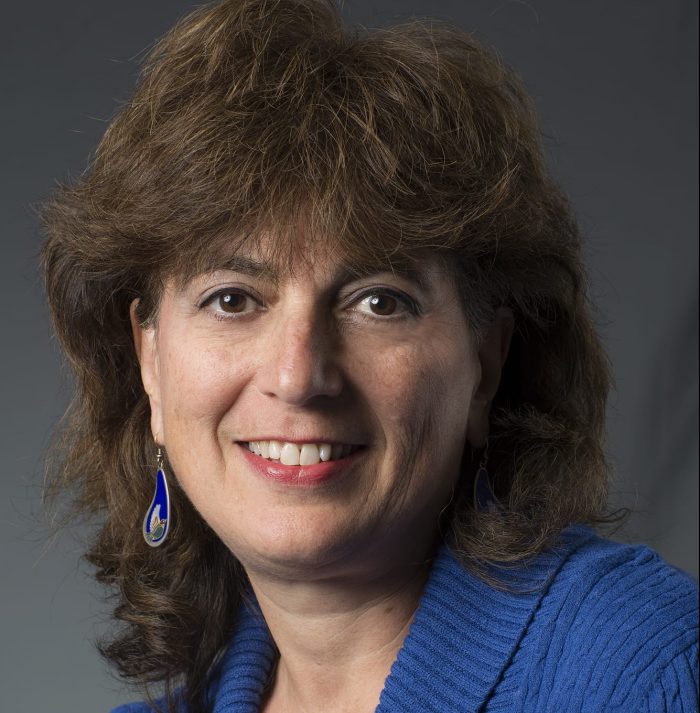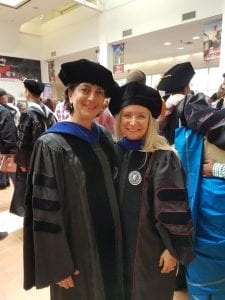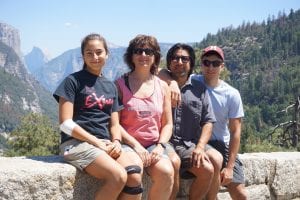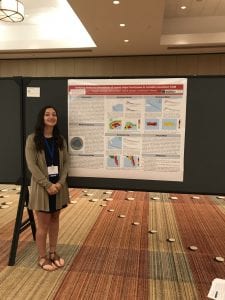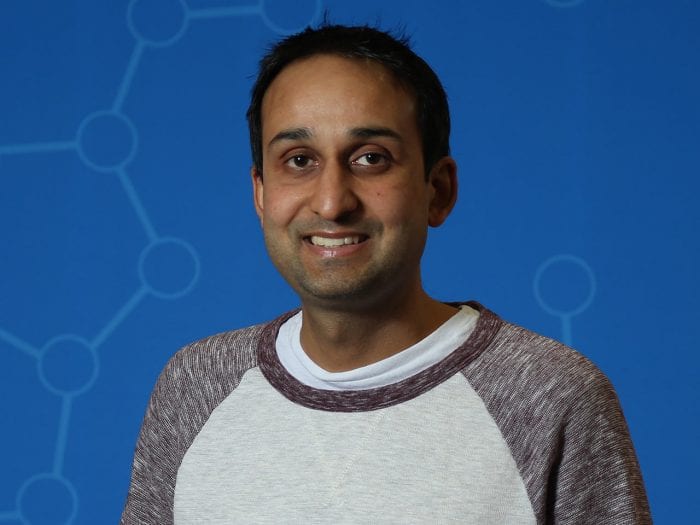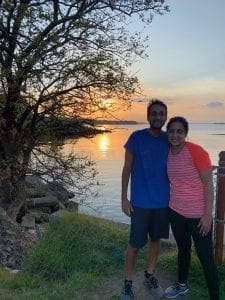By Daniel Dunaief
For six years, Joel Hurowitz worked as Deputy Principal Investigator on a team to build an instrument they would send to another planet.
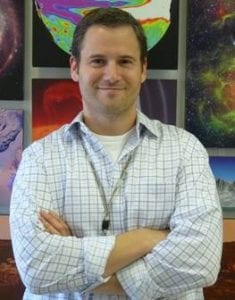
An Assistant Professor of Geosciences at Stony Brook University, Hurowitz and the team led by Abigail Allwood at the NASA Jet Propulsion Laboratory created an instrument that would search for evidence of life that is likely long ago extinct on Mars.
The team designed a 10-pound machine (which will weigh less than four pounds in Mars’s lower gravity environment) that is about the size of a square lunchbox and houses x-ray equipment that can search along the surface of rocks for life that may have existed as long as three to four billion years ago.
Mars’s surface environment became less hospitable to life starting around three billion years ago, when the planet lost most of its atmosphere, causing the surface to dry out and become extremely cold. Surface life at this point likely became extinct.
Called the Planetary Instrument for X-ray Lithochemistry, or PIXL, the instrument was one of seven that lifted off at the end of July as part of a Mars 2020 mission. The Perseverance rover will land at the Jezero Crater on the Red Planet on February 18th, 2021.
After all that work, Hurowitz had planned to watch the launch with his family in Florida, but the pandemic derailed that plan.
“I got to watch the launch with my family,” Hurowitz said. He was on two zoom conferences, one with the Mars 2020 team and the other with members of the Department of Geosciences at Stony Brook. “It was a really special experience” and was the “best teleconference of the last six months,” he said.
As the rocket makes its 35.8 million mile journey to Mars, the JPL team will turn on the PIXL to monitor it, run health checks and do routine heating of the components to make sure it is operating. After the rocket lands, the rover will go through a commissioning period. Numerous subsystems need to be checked out, explained Hurowitz.
The first test for the PIXL will be to analyze a calibration target the researchers sent to Mars, to make sure the measurements coincide with the same data they collected numerous times on Earth. This ensures that the instrument is “working the way we want it to. That’ll happen in the first 40 sols.”
A sol is a day on Mars, which is slightly longer by about 40 minutes than a day on Earth.
Once it passes its calibration test, the PIXL can start collecting data. Hurowitz described the instrument as “incredibly autonomous.” It sits at the end of the rover’s arm. When the scientists find a rock they want to explore, the PIXL moves an inch away from the surface of the rock and opens its dust cover. The scientists take pictures with a camera and a set of laser beams. These beams help determine whether the PIXL is an optimal distance from the rock. If it isn’t, the instrument manipulates itself, using struts that allow it to extend or retract away from the rock.
Once PIXL gets in the right position, it fires an X-ray beam into the rock. The beam is about the diameter of a human hair. The x-ray that hits the rock is like wind going through chimes. Rather than make a familiar sound, the elements in the rock emit a specific x-ray signal as the atoms return to their ground state. Putting together the signals from the rock enables Hurowitz and the PIXL crew to determine its chemistry.
Even though the rocks are likely a combination of numerous elements, they “separate themselves cleanly in our spectra,” Hurowitz said. The SBU Geosciences expert expects the elements in the rocks to have different proportions than on Earth. Mars, for example, has more iron than sodium. A granite rock on Earth would likely have considerable sodium and some potassium, with a little iron.
Hurowitz and the PIXL team will be looking for rocks that may have evidence of prokaryotic organisms that are Mars’s versions of similar species found in undisturbed areas of Western Australia, where researchers discovered ancient fossilized life.
The rocks in Australia contain the oldest accepted fossilized forms of life, which are about 3.5 billion years old and are considered the best analogues for what the PIXL team might find on Mars.
In Australia, which is where Allwood grew up, scientists discovered microbial mats, which are single-celled organisms that build up, one layer after another, into a colony. These mats worked together to build up towards the sunlight, which fuels their metabolism. They use raw chemicals in the environment like dissolved sulfur, iron and manganese.
The Martian mats, if they find them, likely had to adapt to considerably different conditions than on Earth. The Martian environment may not have had large oceans or river systems and craters filled with lakes.
The scientists won’t be able to look for an individual microbe, but rather for indirect signals, such as laminated structures that formed in ways that are unique to microbial communities.
Hurowitz, Allwood and the PIXL team are looking for clues from an unusual lamination in the rock that they would likely associate with a microbial mat. By looking closely at the lamination, they may be able to develop hypotheses about whether a mat was taking chemicals out and depositing it to make a mineralized home for itself.
If they find rocks of interest, the rover’s drill will collect a sample and hermetically seal it in a tube.
A future mission to Mars, planned for 2026, could retrieve some of these samples, which, when they return, could confirm the presence of life on Mars. PIXL will continue to operate as long as the filament in the x-ray tube lasts, which should be between 1,300 and 1,400 uses.
Allwood, who shared an office with Hurowitz when they worked together at the Jet Propulsion Laboratory, said she approached him when she started assembling a team.
Finding life on Mars would answer a question that has intrigued those on Earth for thousands of years, Allwood said. Such Martian life would indicate that “we’re not alone. There was life and it was next door,” she said.


